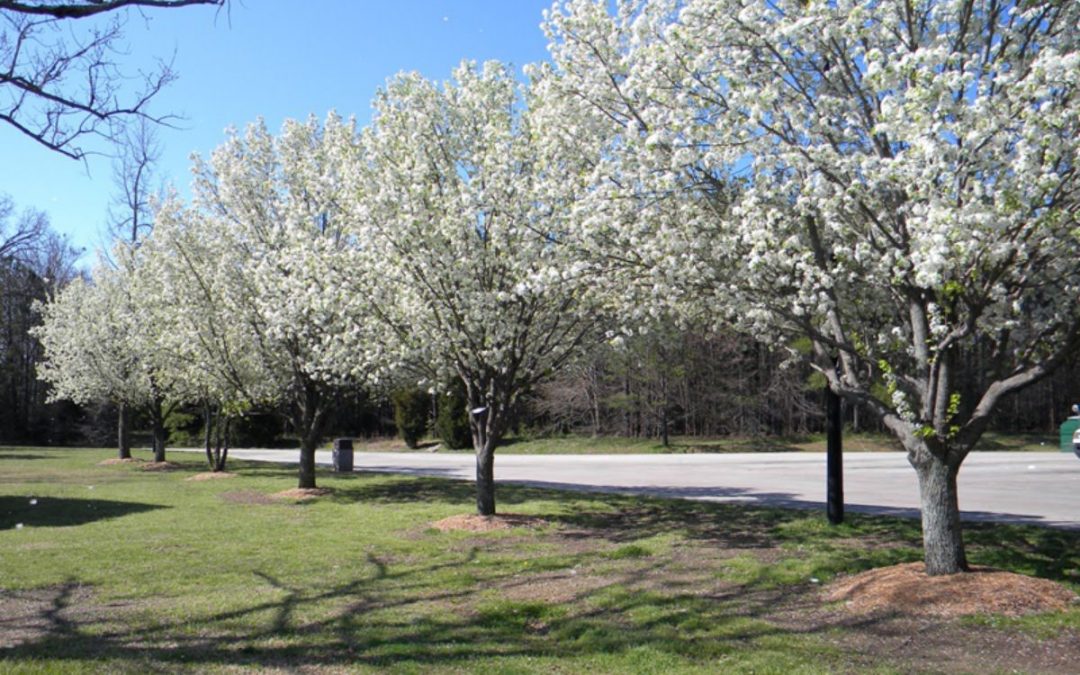Planting in the Spring: Choosing the Right Tree
Many homeowners are gearing up to take advantage of the prime tree-planting season as winter melts into spring. Establishing new trees early in the year can help them grow throughout the year and survive when hot weather arrives. However, with so many tree species to choose from, how can homeowners determine which trees are best suited to their landscapes?
“Selection of trees for planting in a home landscape is influenced by several factors, including a suitable growing site and any function they will serve,” explains Tchukki Andersen, BCMA, CTSP*, staff arborist with the Tree Care Industry Association (TCIA). “Will they bring birds into the area?” Can you shade a patio? Unwanted view on the screen? Improve the appearance of your home? “Trees can provide contrast and relief from surrounding buildings, as well as seasonal interest in areas close to the home,” Andersen says.
When choosing a tree, we recommend that homeowners consider the following factors:
- hardiness (ability of the plant to survive extremes of winter cold and summer heat, and sudden temperature swings) (ability of the plant to survive extremes of winter cold and summer heat, and sudden temperature swings)
- mature size and spread
- rate of growth above and below ground
- available above and below ground space
- aesthetics
- moisture requirements for tree survival
- maintenance requirements for the life of the tree
- availability in nearby nurseries
- ornamental effects include branching habit, bark texture and color, flowers, fruit, and foliage
A professional tree care company can assist you in determining which tree species perform well in your area and are appropriate for your desired planting location. Arborists typically examine the specific planting site to determine the tree’s suitability for the location. Environmental factors may include:
- Problems with disease and insects that may limit your options
- prior use of the planting location
- Poor drainage, high or low pH, and soil nutrition are examples of soil conditions.
- channelized winds’ presence or absence
- the positioning of utilities above and below ground
- the plant’s proximity to roads, walkways, and security lighting
Is there enough room for a tree?
The available space at the specific site, as well as mature tree size, are important considerations, and addressing these limits will go a long way toward lowering maintenance costs. Utilities, in particular, should be treated with caution. Plant your tree under or near overhead power lines if it will grow to be 25 feet or taller. Remember the underground utilities; they may need to be serviced at some point, and the tree should never get in the way of this. To ensure that your chosen planting site will not interfere with utility maintenance, dial 811 for the national “Call Before You Dig” hotline. Remember that ground-level utility structures such as transformers and individual service connections require space to be serviced as well.
Planting Locations
Tree planting near power lines, parking lots, streetlights, sewers, traffic control signs and signals, sidewalks, and property lines may be prohibited by local ordinances. Tree planting permits may be required by municipalities for trees planted on city property. City codes frequently require the city to maintain trees on city property, so citizens planting an incorrect selection can cause problems for both themselves and the municipality.
Locate a professional
A professional arborist can evaluate your landscape and work with you to determine the best trees and shrubs to plant and how to protect them. Homeowners who want a professional arborist to evaluate their trees should contact…


